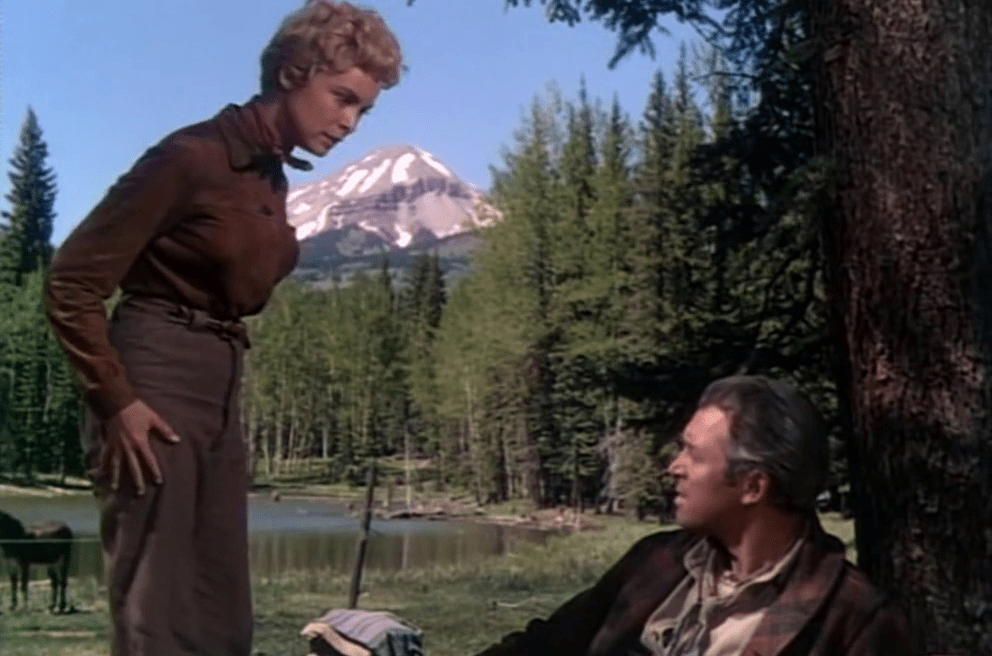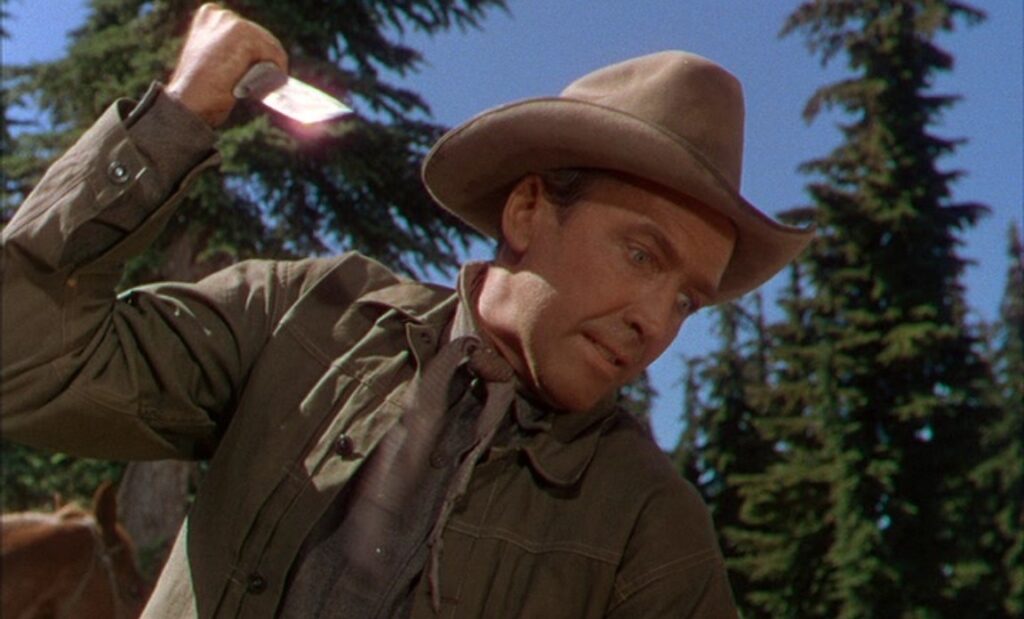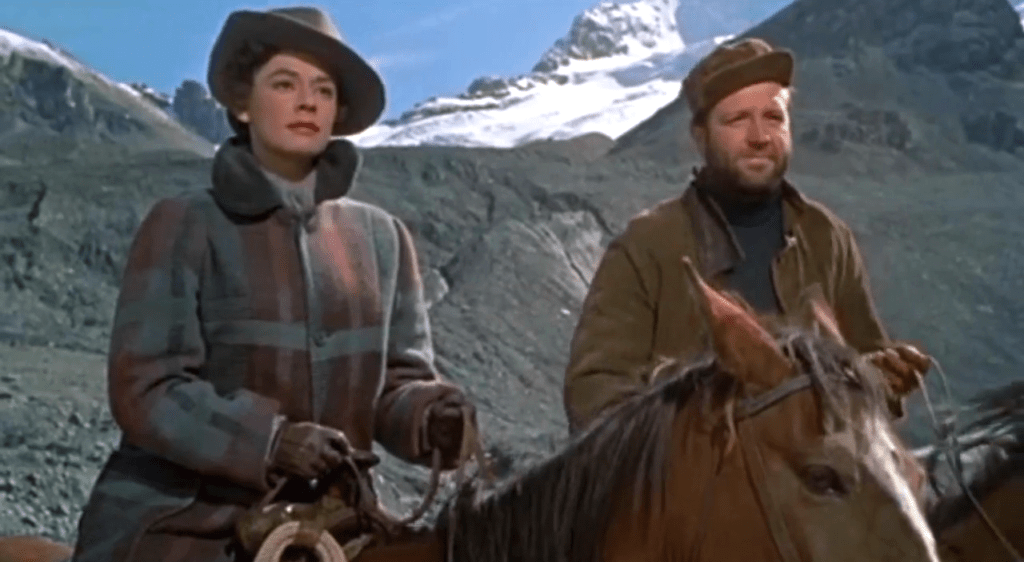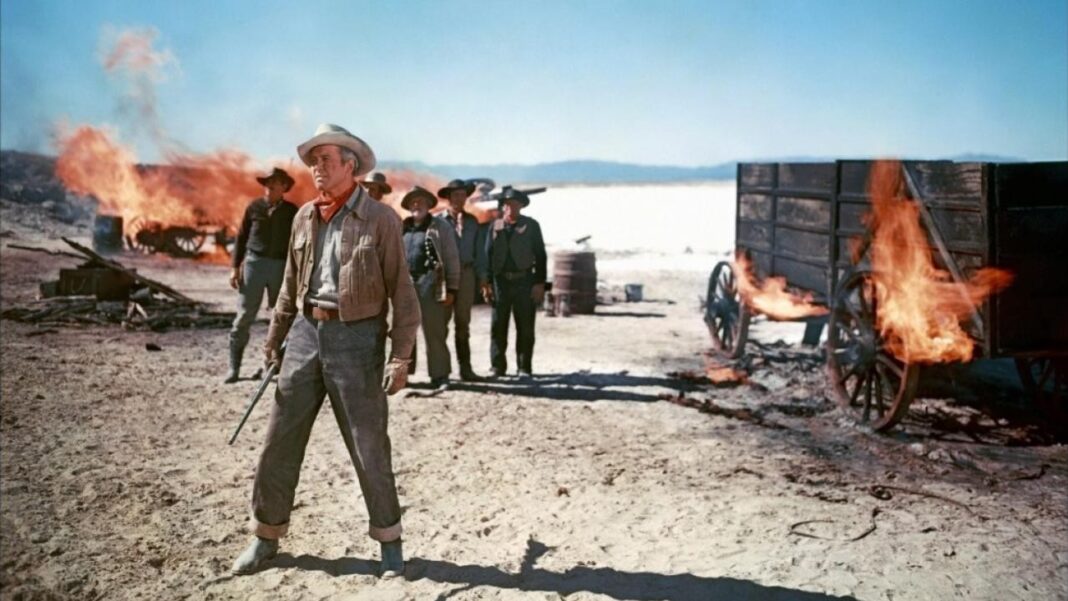Wherever you are and whatever you do for a living, you must watch the five Anthony Mann – James Stewart Westerns, at least once in your lifetime. The films are Winchester ’73 (1950), Bend of the River (1952), The Naked Spur (1953), The Far Country (1954), and The Man from Laramie (1955).
These genre-subverting Western films possess a haunting quality you would seldom find in the Classic Western films of John Ford and Howard Hawks (as great as they are). Mann ingeniously blends the dark elements of Film Noir with the Western genre, turning it on its head. Often set in a morally ambiguous world where the heroes and villains usually resemble one another, Mann’s Westerns are less about right and wrong or good and bad (unlike the Classic Westerns) but they are more about the end justifying the means.

In order to understand this better, just think of the ‘Anti-Western’ films of the 1960s such as Sam Peckinpah’s Ride the High Country (1962) and his magnum opus The Wild Bunch (1969). Of course, in between, we also have ‘Spaghetti Western’ films of Sergio Leone and Sergio Corbucci. Also it’s important to include Marlon Brando’s One-Eyed Jacks (1961) to this list. Now, it’s really impossible to see these films in isolation and the influence of Mann – Stewart Westerns on these films just cannot be overlooked.
Read 50 All-Time Best Hollywood Films – Part I
In the Mann – Stewart Westerns, one gets to see a James Stewart that’s very different from his earlier films such as Mr. Smith Goes to Washington (1939) and It’s a Wonderful Life (1946). This is really the beginning of Stewart’s apotheosis as a character actor that would attain consummation with John Ford’s The Man Who Shot Liberty Valance (1962). In Winchester ’73, Stewart plays the brooding bounty hunter Lin McAdam, a compulsive character that greatly changed the American audience’s estimation of the actor. And soon George Bailey and Junior Senator Smith became a distant memory as Stewart succeeded in redefining himself for a new age of moviegoers.


Two years later, in Bend of the River, Stewart plays an ex-outlaw Glyn McLyntock desperate to put his past behind him. It’s easily one of the darkest Westerns of his illustrious acting career. In The Naked Spur, Stewart plays a ruthless bounty hunter Howard Kemp trying to bring a murderer to justice. As Kemp, Stewart is completely and utterly immoral and that’s what adds to the fun. It’s difficult to imagine John Wayne’s Ethan Edwards in John Ford’s The Searchers without seeing the likes of McAdam, McLyntock, and Kemp as its precursors. In The Far Country, Stewart plays a greedy and selfish prospector Jeff Webster who doesn’t care about anyone but himself, and, of course, gold. In The Man from Laramie, Stewart plays a vigilante Will Lockhart who is obsessed with finding the man who sold automatic rifles to the Apaches that resulted in the death of his brother. The film is beautifully shot and its plot keeps one guessing till the very end.
Mann – Stewart Westerns are also notable for their breathtaking cinematography. Winchester ’73, the first Western film collaboration, is the only one shot in black and white. The Far Country is only one of the few Westerns to be set in the breathtaking icy terrains of Alaska. The Naked Spur is filmed in the picturesque Durango and the San Juan Mountains in Colorado. Bend of the River is filmed on location in Sandy River, Mount Hood, the Columbia River and Timberline, Oregon. The fifth and final Mann – Stewart Western The Man from Laramie is one of the first Westerns to be filmed in CinemaScope to capture the vastness of the scenery.


Several film scholars have highlighted the prominence of women in Mann – Stewart Westerns, specifically in the light of characters played by Ruth Roman and Corinne Calvet in The Far Country, Janet Leigh in The Naked Spur, Julia Adams in Bend of the River, and Cathy O’Donnell and Aline MacMahon in The Man from Laramie, and Shelley Winters in Winchester ’73. Now, these Western films have often been described by the critics as ‘Psychological Westerns’ for their noir-like characteristics and it’s certainly not limited to the storylines. According to the British film scholar Elizabeth Cowie, Mann’s females possess noir traits owing to his extensive collaboration with women writers of thrillers and noir such as Lillie Hayward, Anne Wigton, Virginia Kellogg, Dorothy Atlas, and Gertrude Walker, among others. As opposed to John Ford who liked his women to be strong in a traditional way while adhering to the widely accepted norms, Mann’s females had greater agency and offered a lot more to the plot and character development by exercising considerable control on the decisions of the protagonist.
Undeniably, Mann – Stewart Westerns serve as a harbinger for Brando’s One Eyed Jacks and the Spaghetti Westerns of Leone and Corbucci which in turn inspired Peckinpah to make the ultimate Anti-Western The Wild Bunch that paved the way for a subgenre which would be described as the ‘Revisionist Western’.



